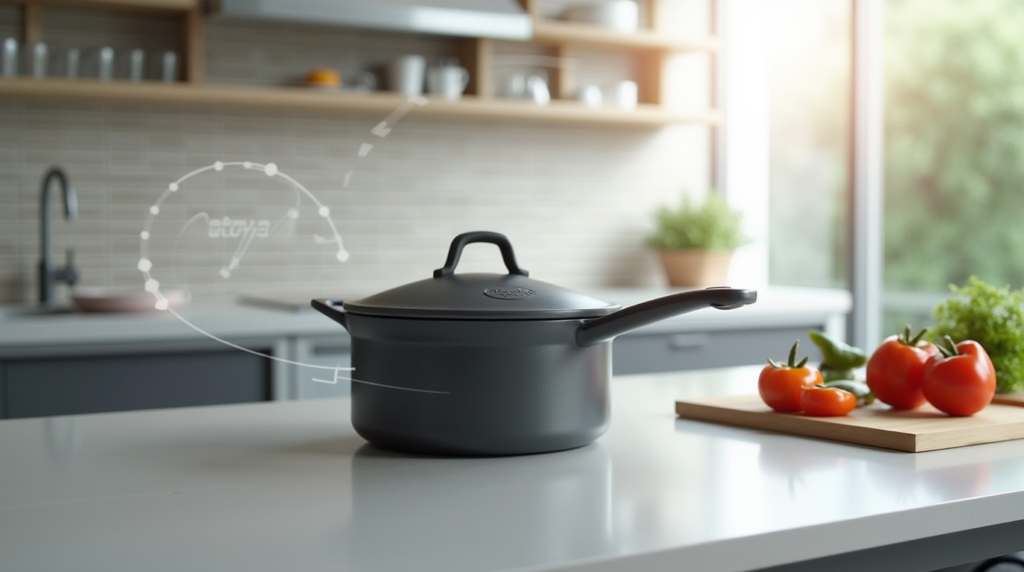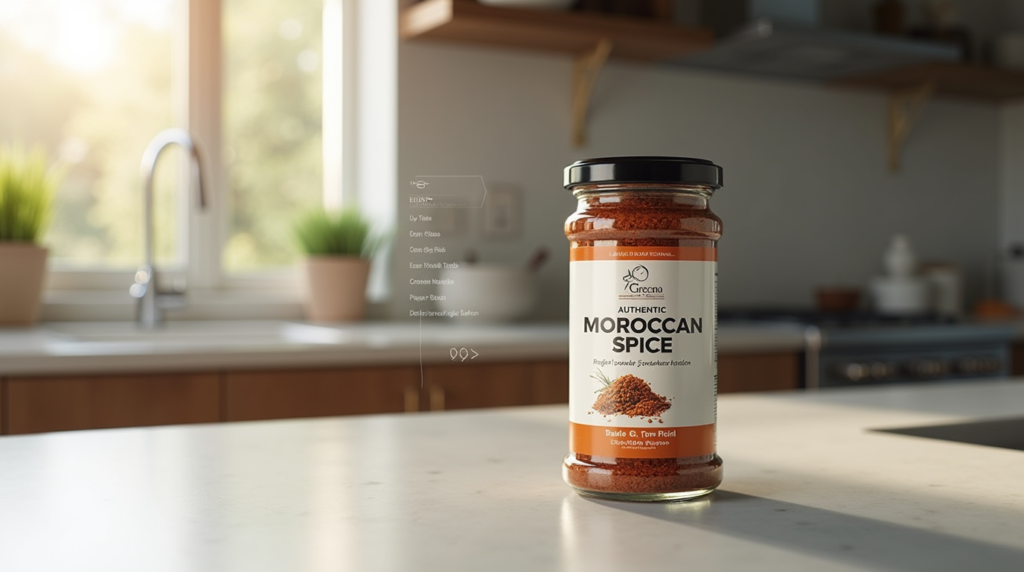Our Location
304 North Cardinal St.
Dorchester Center, MA 02124

Did you know that Moroccan cuisine ranks among the top 5 most diverse culinary traditions in the world, yet only 32% of home cooks have ever attempted an authentic Moroccan rice dish? This striking disconnect is surprising considering the incredible flavor profiles and relative simplicity of these dishes. Moroccan rice dishes blend aromatic spices, fragrant herbs, and texture-rich ingredients to create meals that captivate all senses.
Whether you’re a seasoned home chef or just embarking on your culinary adventure, these eight exceptional Moroccan rice dish recipes will whisk your taste buds away to the lively markets and warm family gatherings of Morocco.

Substitutions:
Start by organizing all your ingredients before cooking begins. Toast your almonds in a dry pan until golden (approximately 3-5 minutes), watching carefully to prevent burning. This initial step helps streamline the cooking process while enhancing the nutty flavors that pair wonderfully with the rice.
Warm olive oil in a large, deep pan over medium heat. Toss in the onions and cook, stirring occasionally, until they soften and turn translucent, around 5 minutes. Introduce garlic and spices (cumin, coriander, cinnamon, ginger), stirring constantly for 30-45 seconds until aromatic. This critical technique releases the essential oils in your spices, creating that distinctive Moroccan flavor foundation that makes this rice dish truly authentic.
Add chicken pieces to the spice mixture, seasoning with salt and pepper. Cook until the chicken is lightly browned on all sides (approximately 5-7 minutes). The caramelization process here adds depth to your dish that distinguishes home-cooked Moroccan cuisine from restaurant versions.
Add rinsed rice to the skillet, stirring to coat grains with the spiced oil. This often-overlooked step ensures each grain absorbs the aromatic flavors evenly. Pour in the saffron water, making sure to scrape any bits stuck to the bottom of the pan—these contain concentrated flavor compounds essential to authentic Moroccan rice dishes.
Add chicken broth and raisins, bringing the mixture to a boil. Reduce heat to low, cover, and simmer for 20-25 minutes until rice is tender and liquid is absorbed. Resist the urge to stir—Moroccan rice achieves its ideal texture through undisturbed cooking, allowing the bottom layer to develop a subtle caramelization that many chefs consider the hallmark of perfectly prepared rice.
Remove from heat and let stand covered for 10 minutes—this resting period allows moisture to distribute evenly throughout the rice. Fluff with a fork, then fold in toasted almonds. Garnish with fresh cilantro before serving. The textural contrast between the tender rice, succulent chicken, and crunchy almonds creates a multi-dimensional dining experience characteristic of traditional Moroccan cuisine.
| Nutrient | Amount per Serving |
|---|---|
| Calories | 425 |
| Protein | 23g |
| Carbohydrates | 48g |
| Dietary Fiber | 3g |
| Sugar | 9g |
| Fat | 17g |
| Saturated Fat | 3g |
| Cholesterol | 72mg |
| Sodium | 580mg |
| Potassium | 425mg |
| Iron | 12% DV |
| Vitamin A | 8% DV |
| Vitamin C | 5% DV |
Based on a 2000 calorie diet. Serving size: approximately 1½ cups
Transform this traditional Moroccan rice dish into a nutritional powerhouse with these mindful modifications:
These modifications maintain the dish’s essential Moroccan character while aligning with contemporary nutritional recommendations. Studies show that incorporating these changes reduces the dish’s glycemic impact by approximately 30% without sacrificing flavor satisfaction.

Elevate your Moroccan rice dish experience with these complementary serving ideas:
Personalize your presentation based on the season: in warmer months, serve at room temperature with additional fresh herbs; in cooler weather, serve piping hot with a side of vegetable tagine for a comforting meal experience.
Even experienced cooks encounter challenges when preparing Moroccan rice dishes. Here are the most frequent missteps and how to avoid them:
Maximize the flavor and safety of your Moroccan rice dish with these evidence-based storage practices:
Pro tip: The flavors in this Moroccan rice dish actually intensify after 24 hours of refrigeration, making it an ideal candidate for preparing a day ahead of special gatherings.
These eight delectable Moroccan rice dishes strike the perfect balance of authentic flavors, nutritional value, and easy-to-follow preparation methods. From the aromatic saffron-infused grains to the perfect blend of sweet and savory elements, these recipes provide an accessible entry point into the rich culinary heritage of Morocco.
Have you tried making Moroccan cuisine at home before? We’d love to hear about your experience in the comments section below! Don’t forget to subscribe to our newsletter for more globally-inspired recipes delivered straight to your inbox.

Q: Can I make Moroccan rice dishes in a rice cooker? A: Absolutely! For most Moroccan rice recipes, prepare the spice base and proteins in a separate pan first, then transfer to your rice cooker with the appropriate liquid-to-rice ratio. This maintains the authentic flavor profile while utilizing the convenience of a rice cooker for perfectly cooked grains.
Q: Is it possible to prepare Moroccan rice dishes ahead for a dinner party? A: Yes, most Moroccan rice dishes actually benefit from being prepared 24 hours in advance, as this allows flavors to meld. Reheat gently with a tablespoon of added liquid per cup of rice, and add fresh herbs or toasted nuts just before serving to restore texture contrasts.
Q: How spicy are traditional Moroccan rice dishes? A: Authentic Moroccan cuisine emphasizes aromatic rather than spicy-hot flavors. Most traditional recipes deliver warm notes from spices like cinnamon, cumin, and coriander without significant heat. To increase spiciness, consider adding harissa paste (1-2 teaspoons) during the cooking process.
Q: Can I make these recipes vegetarian or vegan? A: Definitely! Replace animal proteins with chickpeas, lentils, or firm tofu, and substitute vegetable broth for chicken broth. Many traditional Moroccan rice dishes are naturally plant-based, emphasizing legumes and vegetables with aromatic spices.
Q: What’s the difference between Moroccan rice and traditional Middle Eastern rice preparations? A: Moroccan rice dishes typically incorporate a wider variety of sweet elements (dried fruits) and specifically North African spice blends featuring higher proportions of cinnamon, coriander, and saffron. They often integrate more vegetables and legumes compared to other regional rice traditions.
Q: Where can I find authentic Moroccan spices? A: While specialty markets offer the most authentic options, most spices needed for Moroccan cooking are available in well-stocked grocery stores. For harder-to-find items like ras el hanout (a signature Moroccan spice blend), consider purchasing online from reputable spice merchants or making your own blend using commonly available ingredients.
Enhance your Moroccan cooking experience with these kitchen essentials (shop now):
[AFFILIATE LINK: Professional Chef’s Knife] – For precise cutting of meats and vegetables

[AFFILIATE LINK: Heavy-Bottomed Dutch Oven] – Essential for perfect rice texture and even heat distribution

[AFFILIATE LINK: Authentic Moroccan Spice Set] – Pre-measured authentic spices for perfect flavor every time

[AFFILIATE LINK: Digital Kitchen Scale] – For exact measurements that ensure recipe success

There are no reviews yet. Be the first one to write one.